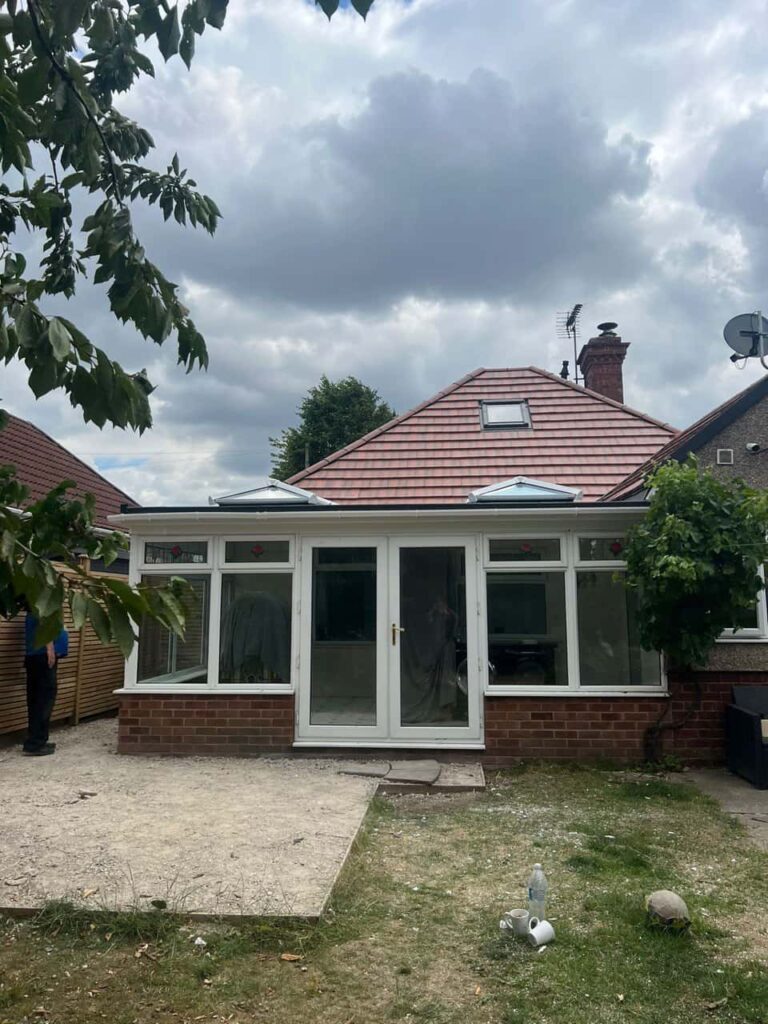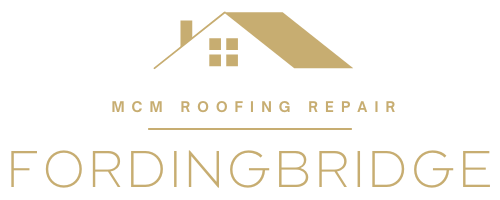When it comes to protecting your home from the elements, roof design plays a crucial role. Among the many roof types found on UK homes, hipped roofs are widely recognised for their superior performance in high winds. At MCM Roofing Repairs Fordingbridge, we often recommend hipped roofs for their durability and resilience, particularly in areas prone to stormy weather. Here’s why this design is less likely to suffer wind damage and what it means for homeowners in Fordingbridge, Wiltshire.
What Is a Hipped Roof?
A hipped roof features slopes on all four sides that meet at a ridge or a single point. Unlike gable roofs, which have flat vertical ends that can catch strong winds, hipped roofs are more aerodynamically efficient. Their sloping design allows wind to pass over and around the roof, reducing the chances of uplift or structural strain.
How Hipped Roofs Resist Wind Damage
1. Sloped Design Reduces Wind Pressure
High winds exert force on the surfaces they hit. Gable roofs with flat ends act like sails, catching the wind and transferring the force to the roof structure. A hipped roof’s sloping sides deflect wind upwards and over the home, reducing the surface area exposed to direct gusts.
2. Even Distribution of Structural Load
Because a hipped roof slopes on all sides, the weight and pressure are distributed more evenly across the walls of the building. This makes the structure more stable under wind loading and less likely to suffer from issues like lifted tiles or ridge damage during storms.
3. Fewer Vulnerable Edges
Gable roofs have overhanging edges and sharp ridges where wind can penetrate and cause uplift. Hipped roofs have fewer vulnerable points, minimising the risk of tiles or slates being dislodged in severe weather.
4. Better Compatibility with Modern Roofing Materials
Modern interlocking tiles and high-quality underlays work especially well with hipped roofs. When installed professionally, these materials form a robust barrier that resists wind-driven rain and reduces the likelihood of water ingress.
Additional Benefits for Homeowners
Beyond wind resistance, hipped roofs offer several other advantages:
- Improved Drainage: The four-way slope efficiently channels rainwater into the guttering, reducing the risk of pooling and leaks.
- Aesthetic Appeal: Hipped roofs provide a classic, symmetrical look that can enhance kerb appeal and property value.
- Longevity: When combined with professional installation and quality materials, hipped roofs tend to require fewer emergency repairs compared to other roof types.
The Importance of Professional Installation and Maintenance
Even the most wind-resistant roof design requires expert workmanship to perform effectively. Poorly fixed tiles, inadequate ridge sealing, or improper underlay installation can still leave a hipped roof vulnerable to storm damage. At MCM Roofing Repairs Fordingbridge, we ensure that every roof is installed and maintained to meet the highest standards, giving you peace of mind in all weather conditions.
Regular inspections are also key to preventing wind-related issues. Spotting loose tiles, damaged ridges, or blocked gutters early helps maintain the roof’s integrity and prolongs its life.
Conclusion
Hipped roofs are a smart choice for homeowners seeking a resilient design that performs well in windy conditions. Their aerodynamic shape, even load distribution, and reduced exposure to uplift make them far less likely to suffer damage during storms. If you live in Fordingbridge, Wiltshire, and want to protect your property from the impact of high winds, contact MCM Roofing Repairs Fordingbridge today for expert advice, inspections, and professional roofing solutions.
Call us on: 01425 208 596
Click here to find out more about MCM Roofing Repairs Fordingbridge
Click here to complete our contact form and see how we can help with your roofing needs.

